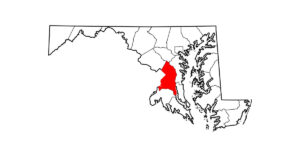New VSV Cases Confirmed in Oklahoma

- Cherokee County is newly infected, with one confirmed positive equine premises.
- Osage County has one new suspect equine premises.
- Ottawa County has one new confirmed positive equine premises.
Nine Oklahoma counties are currently affected, with the following confirmed positive premises and current premises quarantined:
- Adair (1, 1)
- Cherokee (1, 1)
- Craig (1, 0)
- Nowata (1, 1)
- Osage (2, 2)
- Ottawa (4, 3)
- Rogers (1, 1)
- Tulsa (1, 1)
- Washington (4, 0)
Since its previous Situation Report on July 27, APHIS has released seven previously VSV-infected premises from quarantine in Craig, Osage, Ottawa, and Washington counties.
Premises with confirmed positive and suspect cases are quarantined and monitored by veterinarians for at least 14 days from the onset of lesions in the last animal affected
Create a free account with TheHorse.com to view this content.
TheHorse.com is home to thousands of free articles about horse health care. In order to access some of our exclusive free content, you must be signed into TheHorse.com.
Start your free account today!
Already have an account?
and continue reading.
Written by:
Edited Press Release
Related Articles
Stay on top of the most recent Horse Health news with












